Lyrical Abstraction: The Poetic Revolution in Modern Art
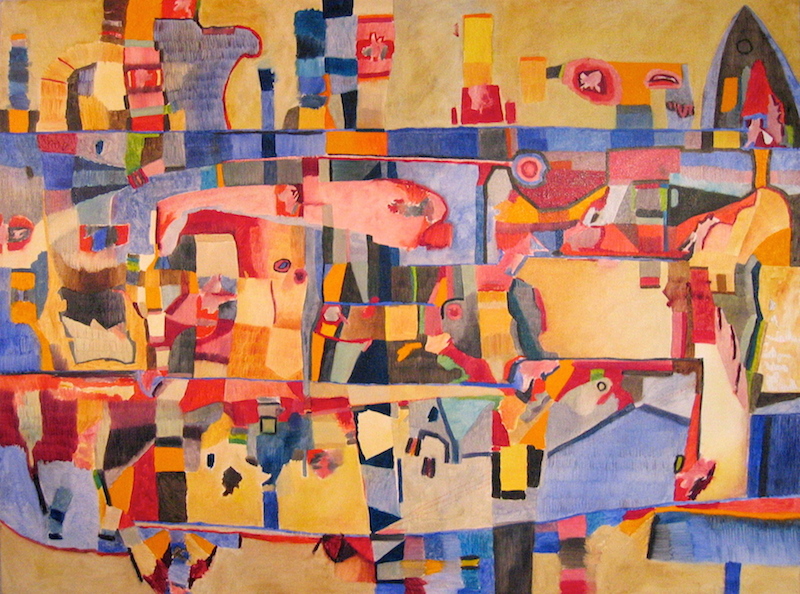
Modern artists with hard-edged lines, rigid geometries, or explosive gestures may spring to mind when we think about abstraction. Examples of these artists are Piet Mondrian and Jackson Pollock. But Lyrical Abstraction is another, more poetic current in abstraction that merits just as much discussion.
Lyrical Abstraction provides a more expressive, impromptu, and emotional approach to non-representational art, yet it is frequently eclipsed by movements like Minimalism or Abstract Expressionism. This type of abstraction prioritizes gesture over grid, ingenuity over thought, and individual expression over stylistic limitations.
In order to understand why Lyrical Abstraction is still popular with artists and viewers today, we will look at its history, aesthetic characteristics, influential people, and cultural effects in this blog.
What's the Process of Lyrical Abstraction?
The abstract painting style known as "Lyrical Abstraction" places a strong emphasis on spontaneity, emotional intensity, and personal expression. In response to the more formal or intellectual movements in abstraction, including minimalism and geometric abstraction, it came into being.
It differs from Abstract Expressionism in that it tends to be more poetic, romantic, and contemplative in its aesthetic, even though it has certain visual similarities. Instead of presenting the audience with daring existential gestures (like Pollock or de Kooning), Lyrical Abstraction encourages reflection and emotional involvement.
Background Information on History
1. Europe following the war (1940s–1950s)
In France, the phrase "Lyrical Abstraction" was initially used following World War II, particularly to describe a movement called "Abstraction lyrique." Wols, Pierre Soulages, Hans Hartung, and Georges Mathieu were among the artists who sought a new, introspective visual language after being profoundly affected by the traumas of war.
They adopted an abstraction that was more instinctual, gestural, and emotional in nature, rejecting the rationalism of previous modernist groups. Like a visual version of jazz, their work frequently featured improvisation, impulsive mark-making, and explosive brushstrokes.
2. In the 1960s and 1970s, American Lyrical Abstraction
The late 1960s and early 1970s saw the emergence of Lyrical Abstraction in the US as a response to the perceived rigidity of Conceptual Art and Minimalism. Key players included artists such as Ronnie Landfield, Dan Christensen, Larry Poons, and Helen Frankenthaler, who connected Abstract Expressionism and Color Field Painting.
Included in their work were:
Colors that flow together
Washes in the atmosphere
loose, impromptu brushstrokes
Focus on light, texture, and surface
In this American iteration of Lyrical Abstraction, aesthetic experience took precedence above academic or political goals. The phrase gained popularity in the United States because to shows at places like the Whitney Museum of American Art, which were organized by critics like Larry Aldrich.
Characteristics of Abstraction in Lyric
1. The use of gesture in brushwork
Comparable to Abstract Expressionism, although frequently more fluid and less forceful.
2. Giving Light and Color Priority
Using rich, vivid color schemes, one can evoke a feeling or mood.
3. Creative Thinking and Intuition
Oftentimes, spontaneous movements rather than prearranged compositions are used to create works.
4. Poetry and Personality Manifestation
Art is a poetic, frequently contemplative medium of communication.
5. Documents in large formats
Lyrical Abstraction frequently uses expansive canvases, just like a lot of other postwar trends.
6. The Non-Linear Composition
There is no focal point; the compositions naturally spread out throughout the surface.
Key Artist
The Performers of Europe
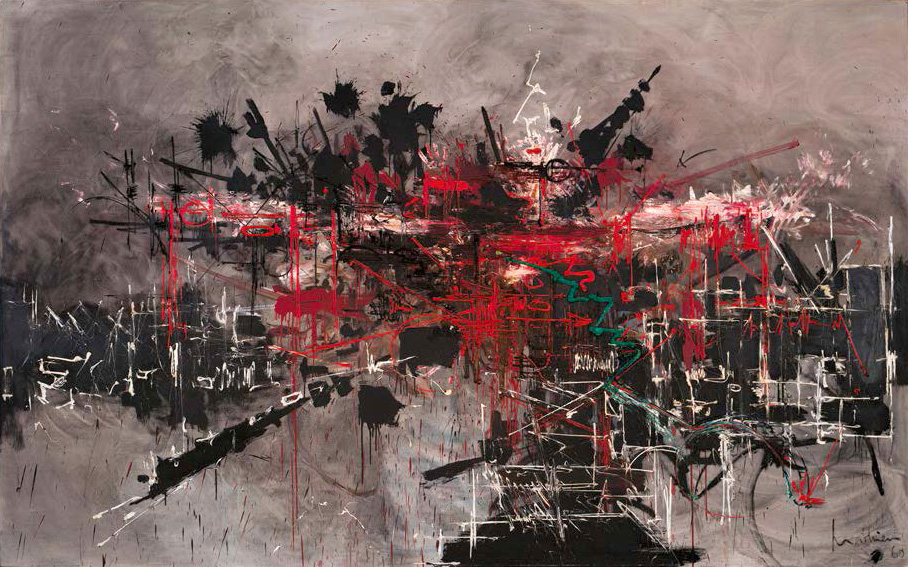
Georges Mathieu is renowned for his vibrant calligraphic paintings that are displayed in public.
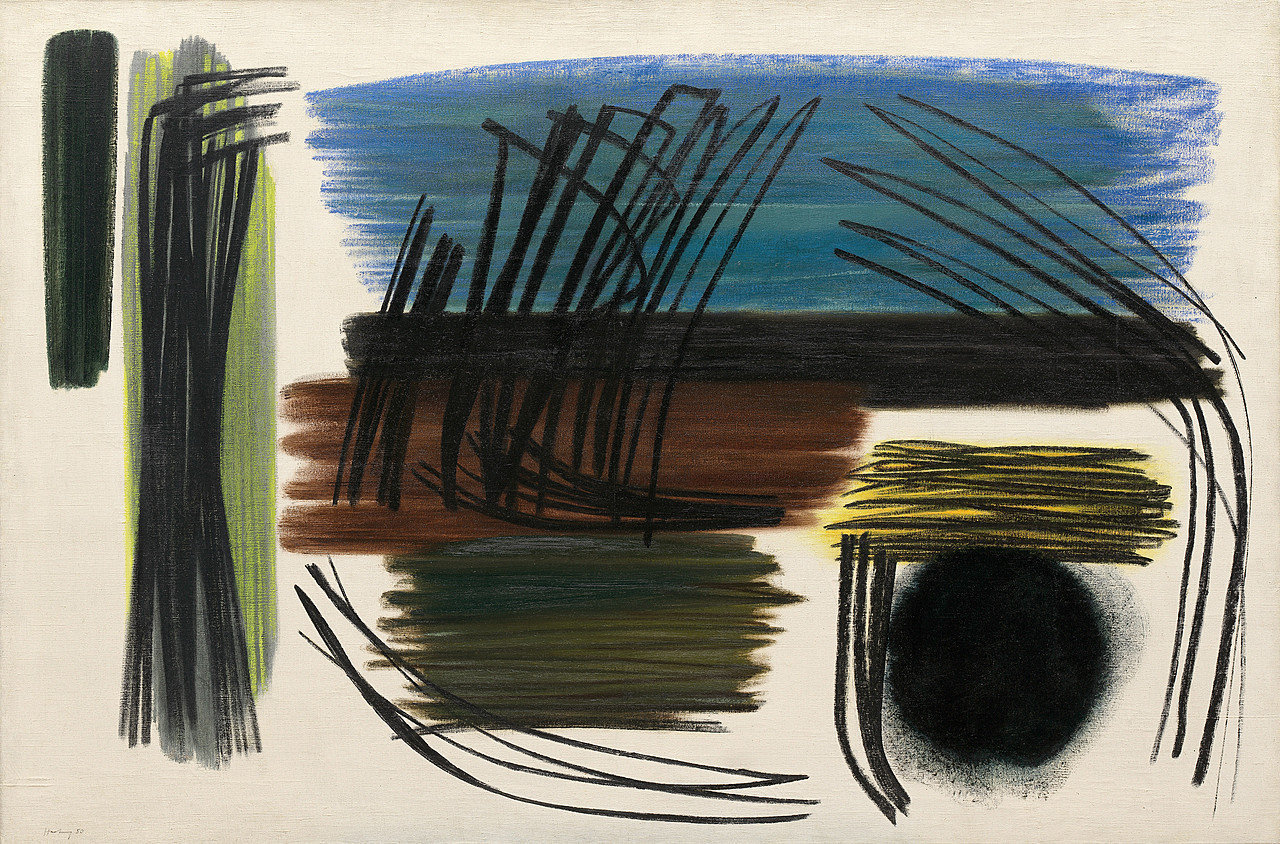
In order to convey emotional energy, Hans Hartung used splattered and scratched marks.

Alfred Otto Wolfgang Schulze, better known as Wols, was among the first to use informal abstraction.

125 * 202 cm, October 30, 1958, painting
Pierre Soulages is renowned for his investigations into the reflecting properties of black.
American Artists
 Canvas with acrylic measuring 36*68*11/2 inches (91.4*172.7*3.8 cm)
Canvas with acrylic measuring 36*68*11/2 inches (91.4*172.7*3.8 cm)
Ronnie Landfield, an American artist, is renowned for his floating horizons and bright, atmospheric color fields.
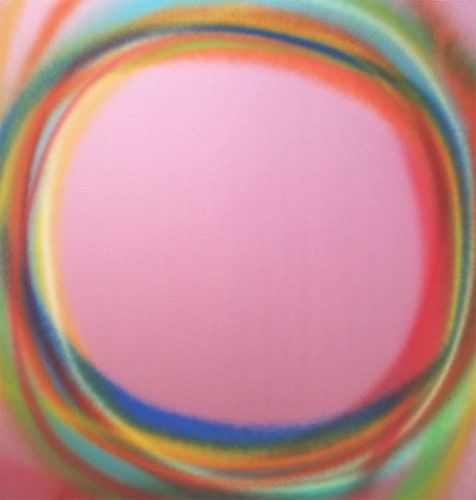
1989's Seminole, 62-inch acrylic painting on canvas
Spray guns were used by Dan Christensen to produce layered, rhythmic pieces.
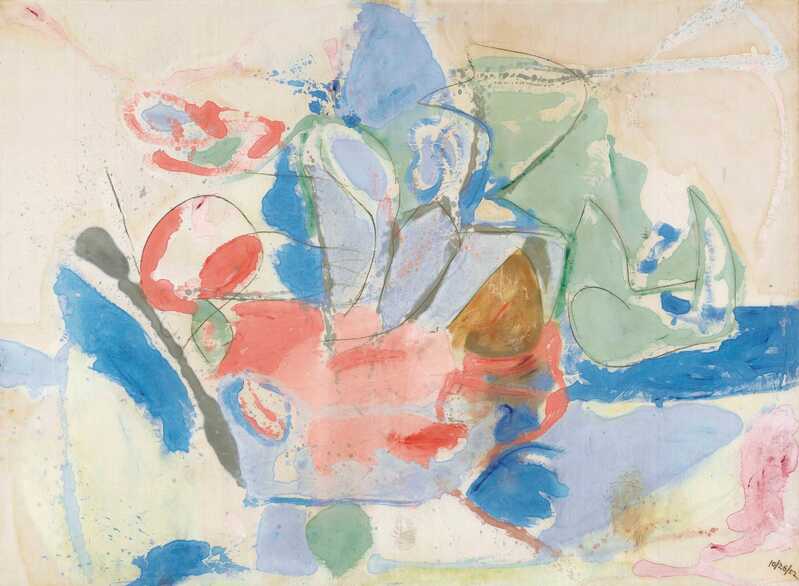
On an unsized, unprimed canvas measuring 86 3/8 by 117 1/4 inches (219.4 by 297.8 cm), oil and charcoal
The transitional artist Helen Frankenthaler produced poetic, transparent paintings through staining processes.
 Canvas with mixed media, 80 3/4, 93 1/2, 205.1, and 237.5 inches
Canvas with mixed media, 80 3/4, 93 1/2, 205.1, and 237.5 inches
From Op Art, Larry Poons transitioned to more expressive, painterly abstract art.
Important Reaction and Legacy
Critics of the time occasionally disregarded Lyrical Abstraction as ornamental, overly sentimental, or retrograde, particularly in contrast to the conceptual art or minimalism's rigorous intellectual standards.
But as time has gone on, its emotional depth, artistic freedom, and contribution to humanizing abstraction have all gained more recognition. Artists today who experiment with emotional abstraction, flowing media, and intuitive mark-making frequently, whether intentionally or unintentionally, trace their roots back to Lyrical Abstraction.
Recent retrospectives and exhibitions have reexamined the significance of artists such as Hartung, Frankenthaler, and Mathieu, demonstrating that Lyrical Abstraction was an expressive and essential branch of modernism rather than a digression.
Conclusion: The continued importance of lyrical abstraction
In a time where concept-driven art, algorithms, and computerized perfection frequently rule the scene, Lyrical Abstraction acts as a reminder of the beauty of spontaneity, the strength of the human hand, and the emotional urge. We are encouraged to immerse ourselves in color, movement, and the poetry of paint in this genre, which encourages us to experience rather than decode.
The experience of Lyrical Abstraction is rich and fulfilling, regardless of whether you're an artist looking for inspiration or a viewer wanting something that speaks to you more deeply and emotionally.
Join our classes to enhance & improve your memory skills and let your child unlock the power to retain information from every moment of his/her life!
